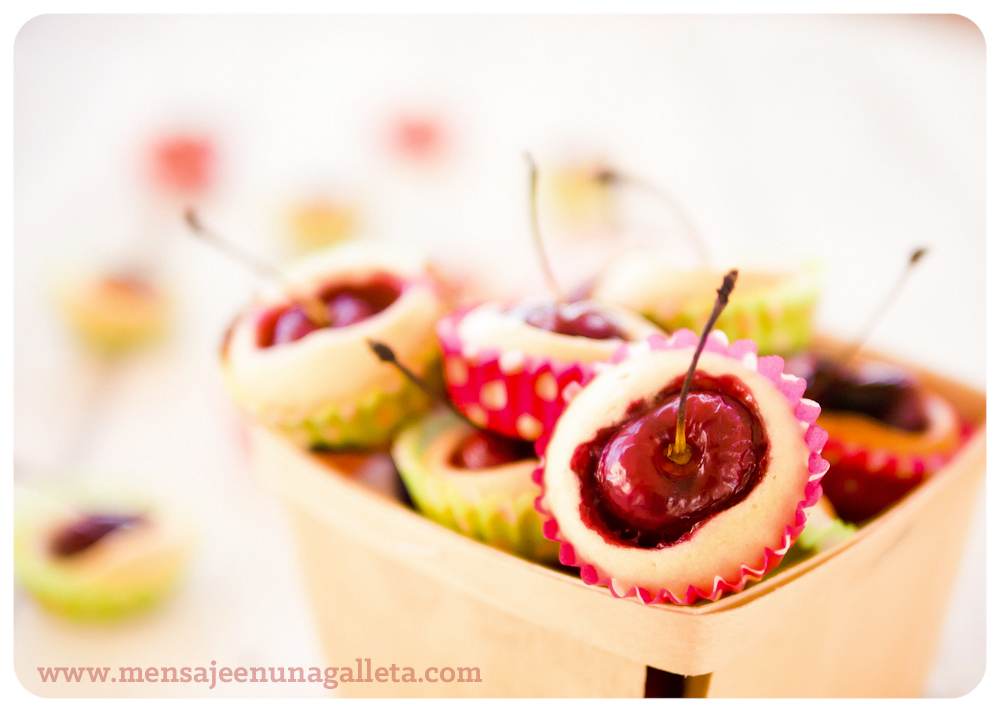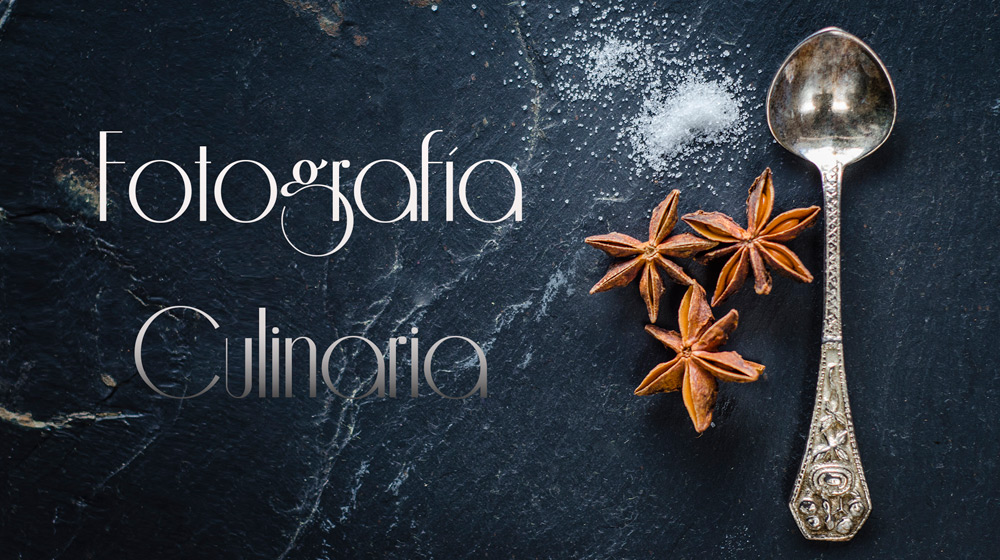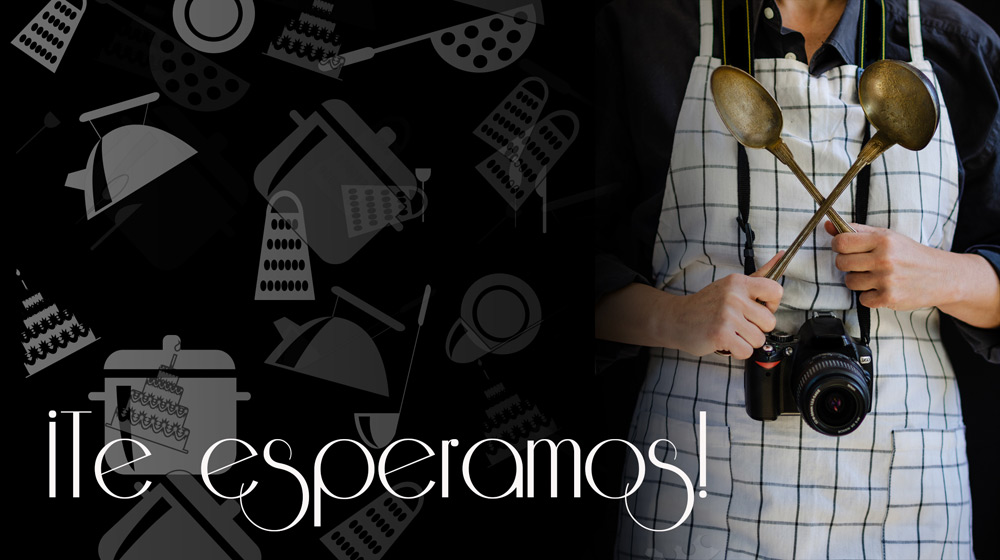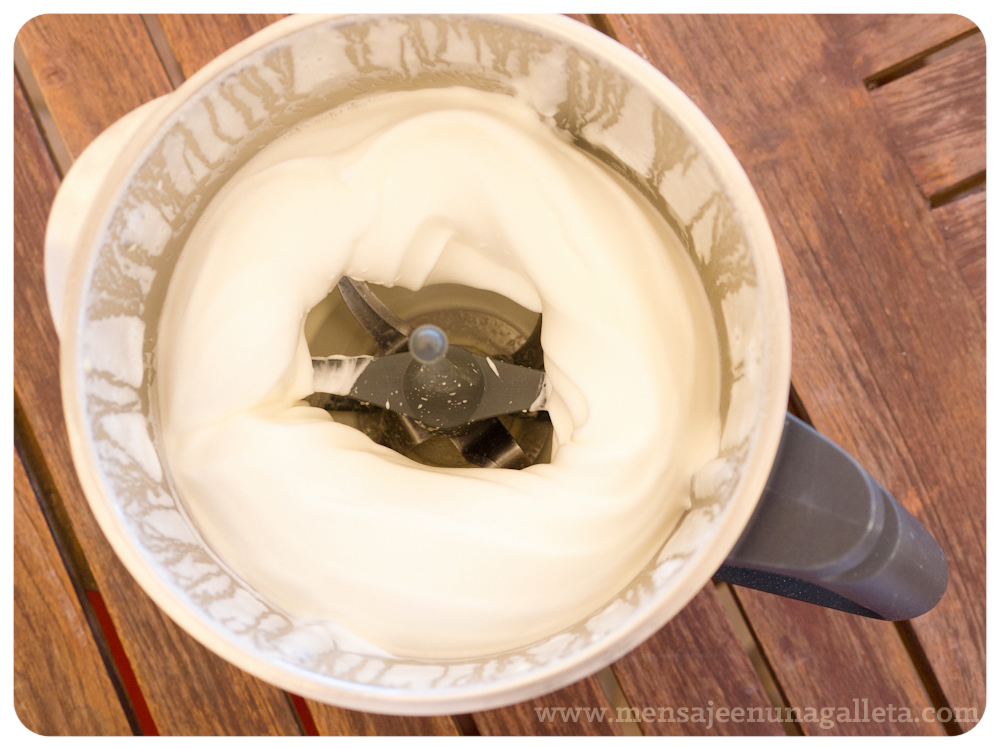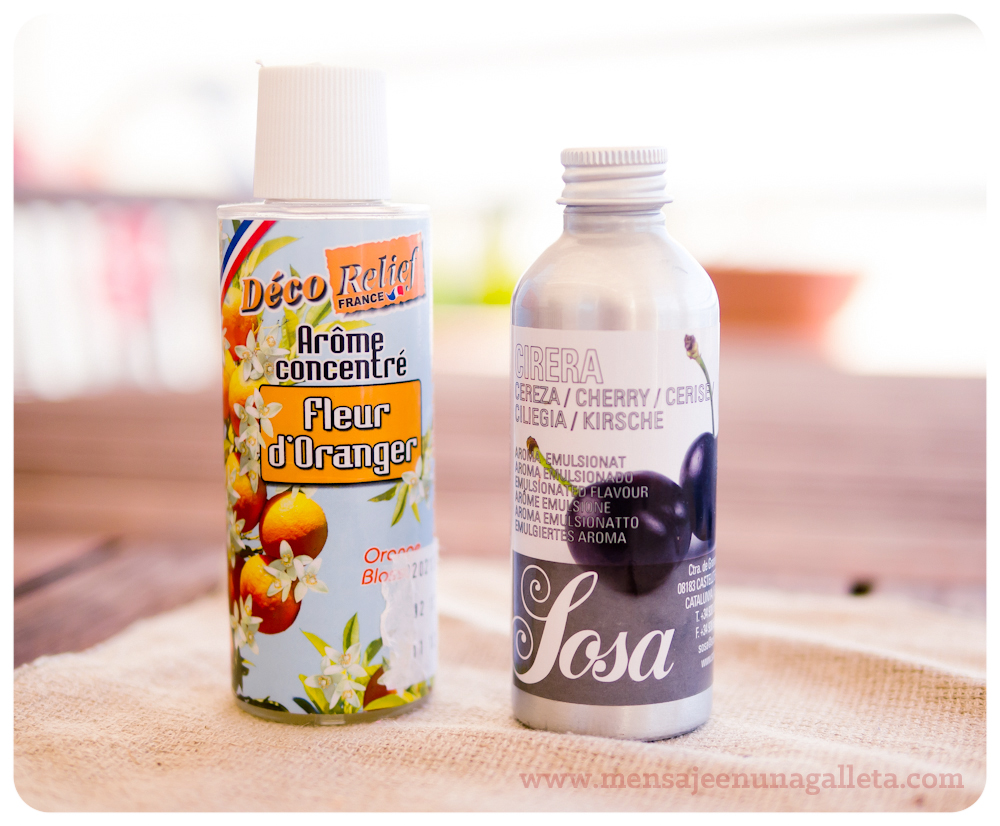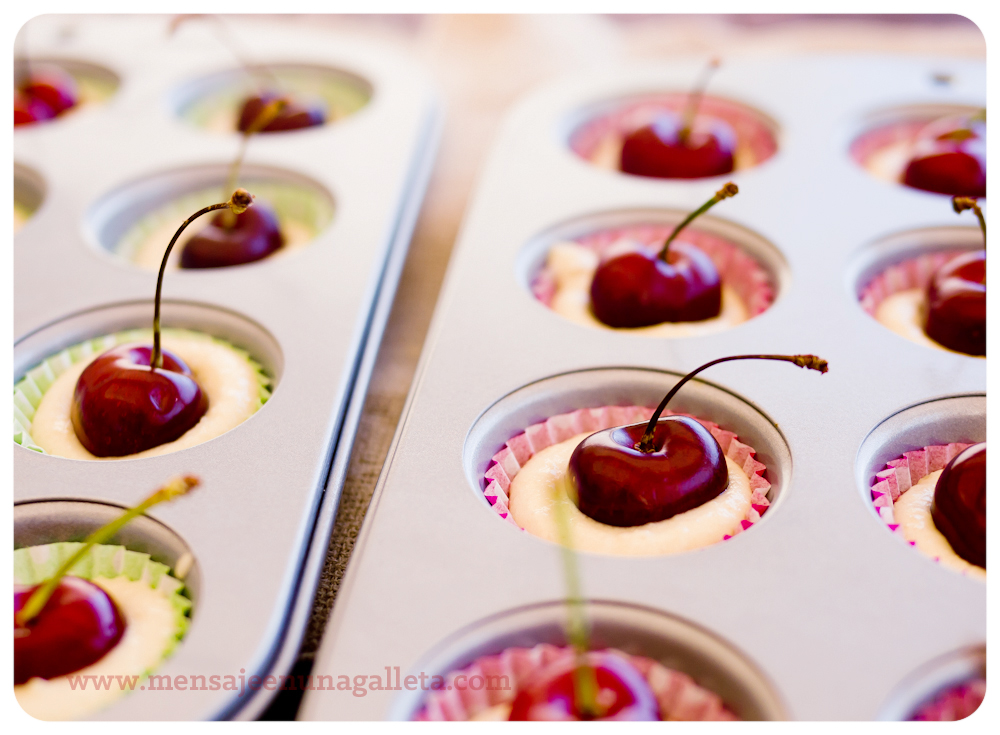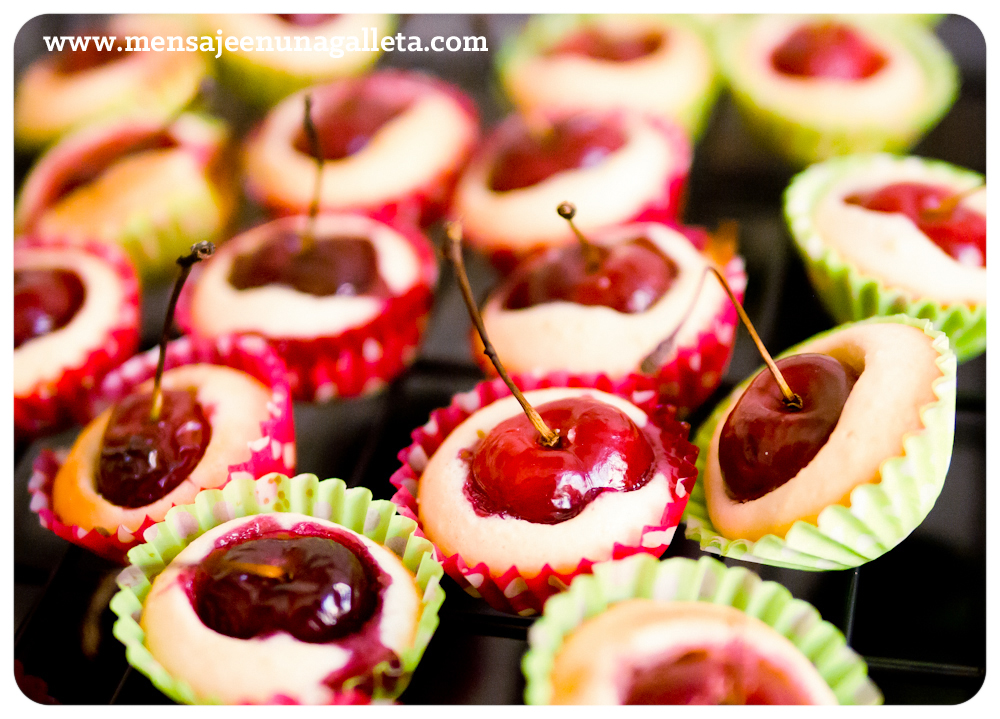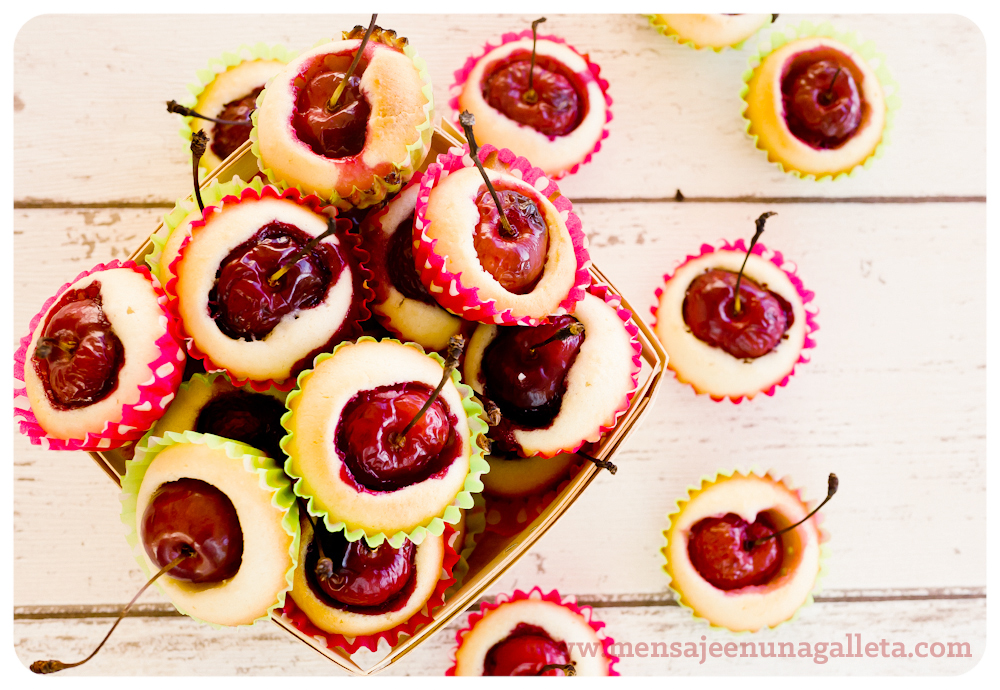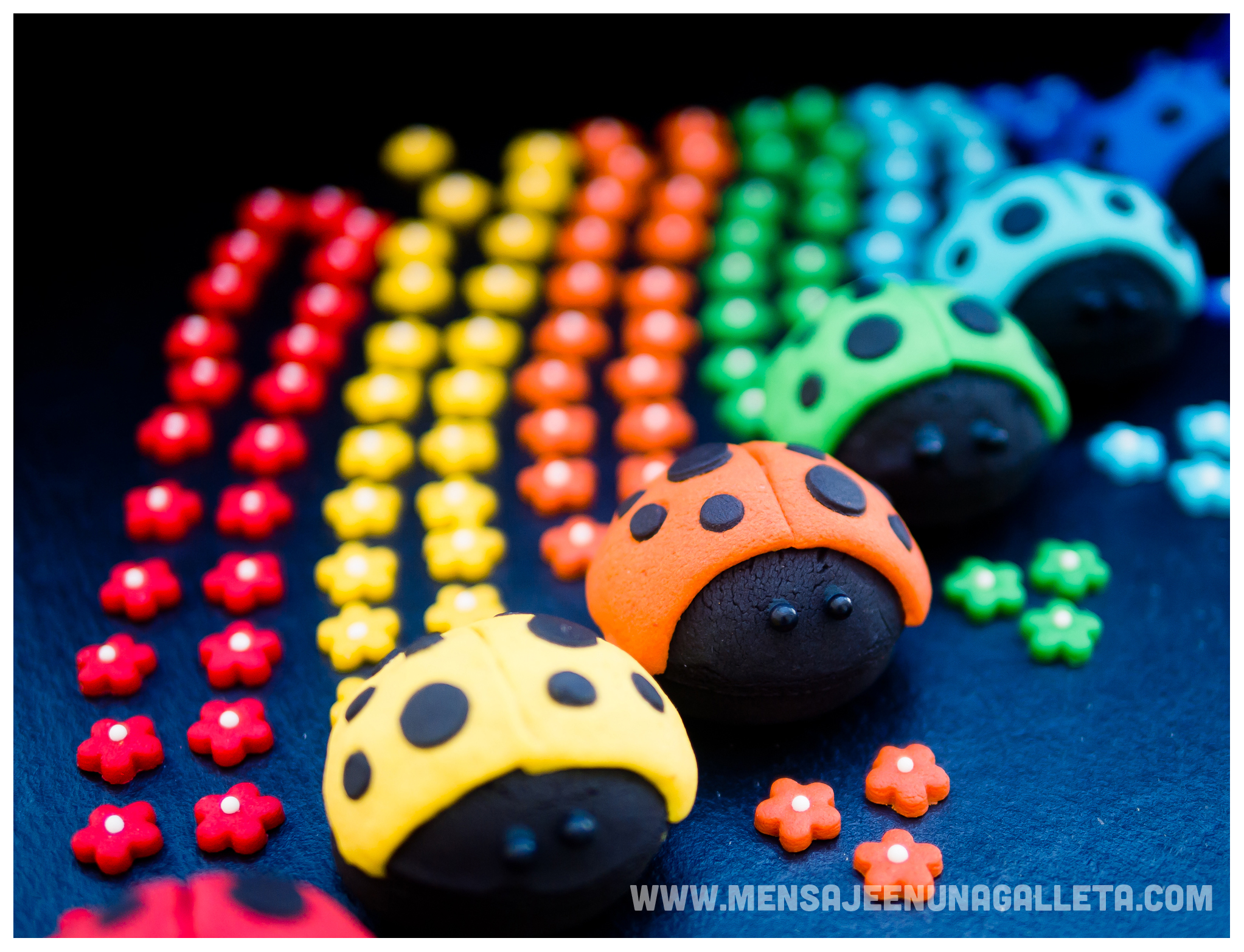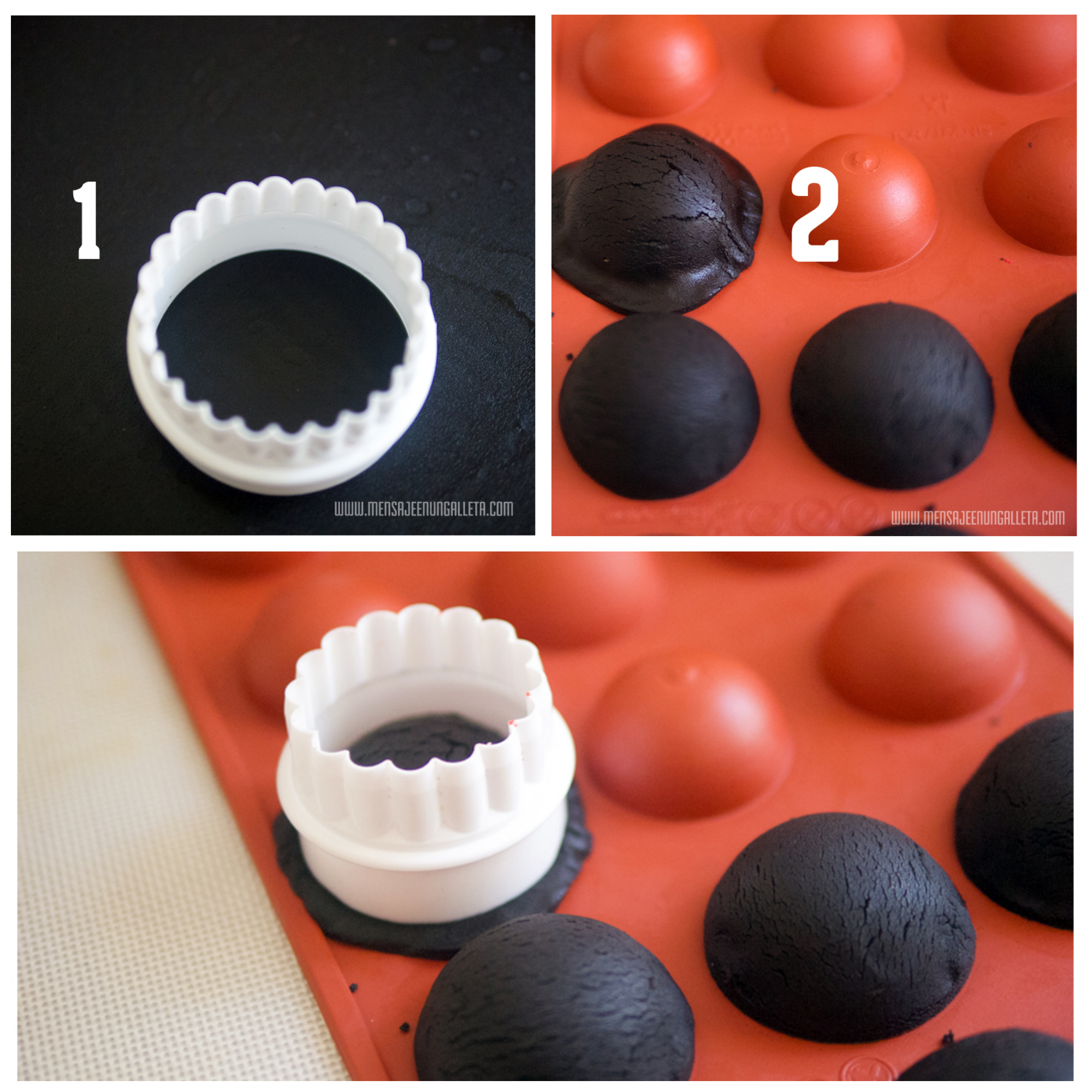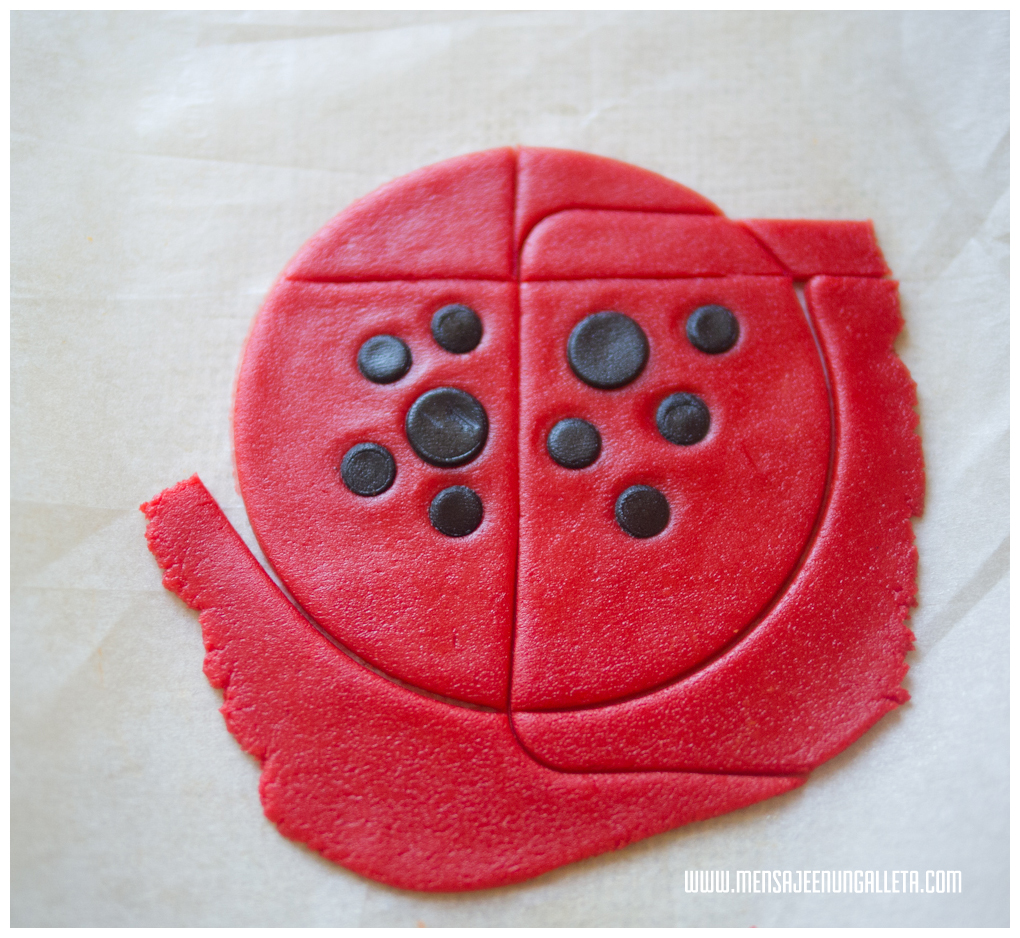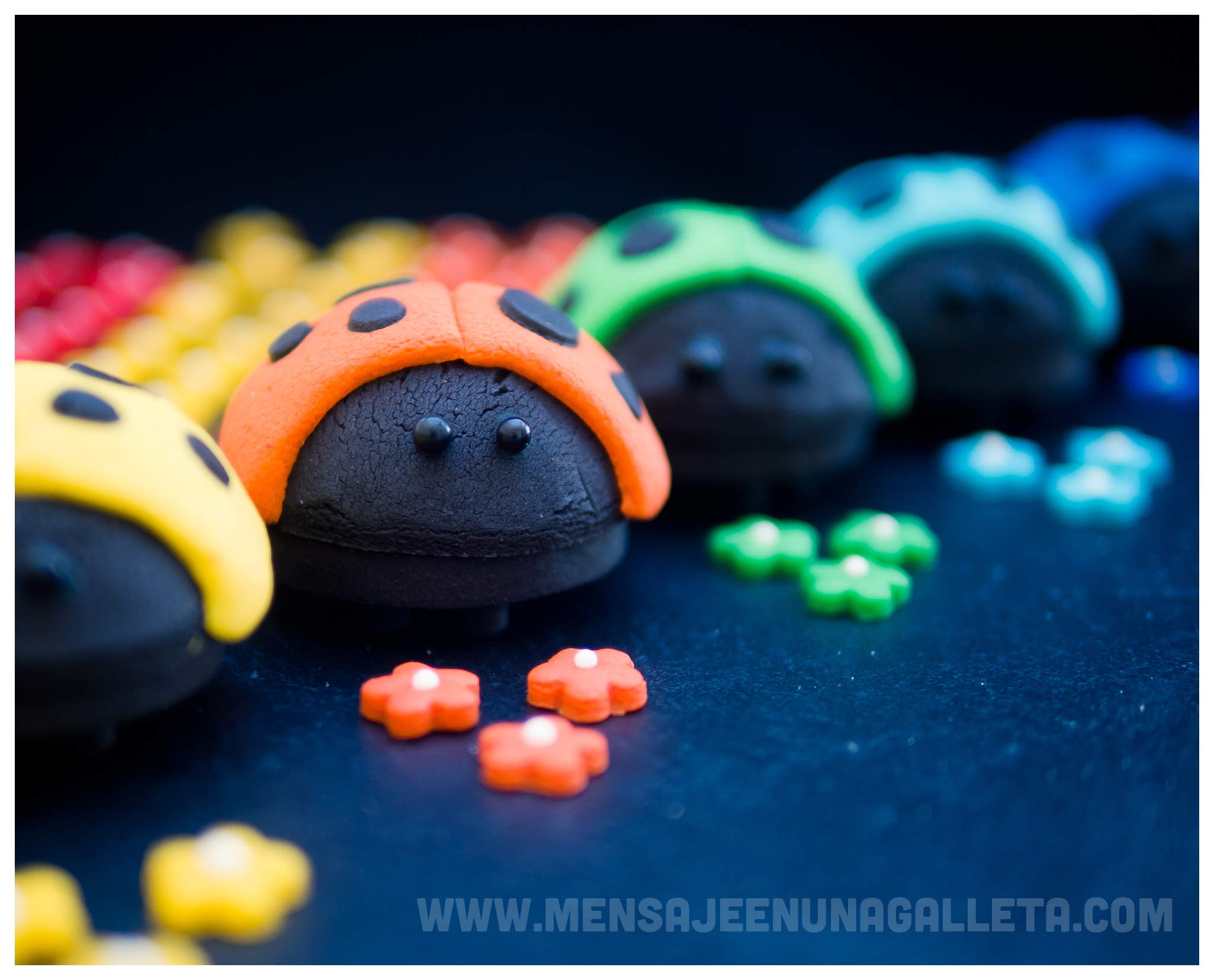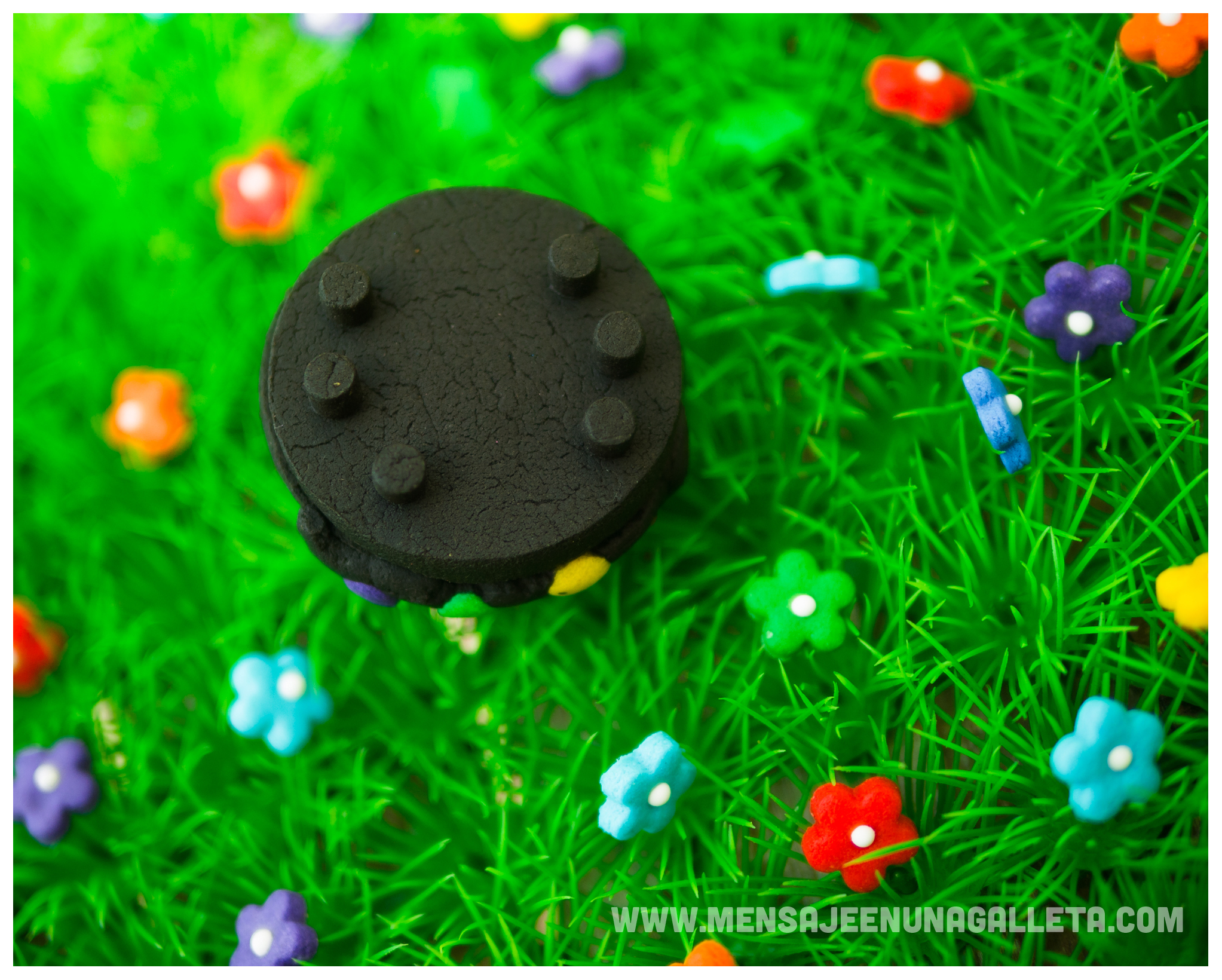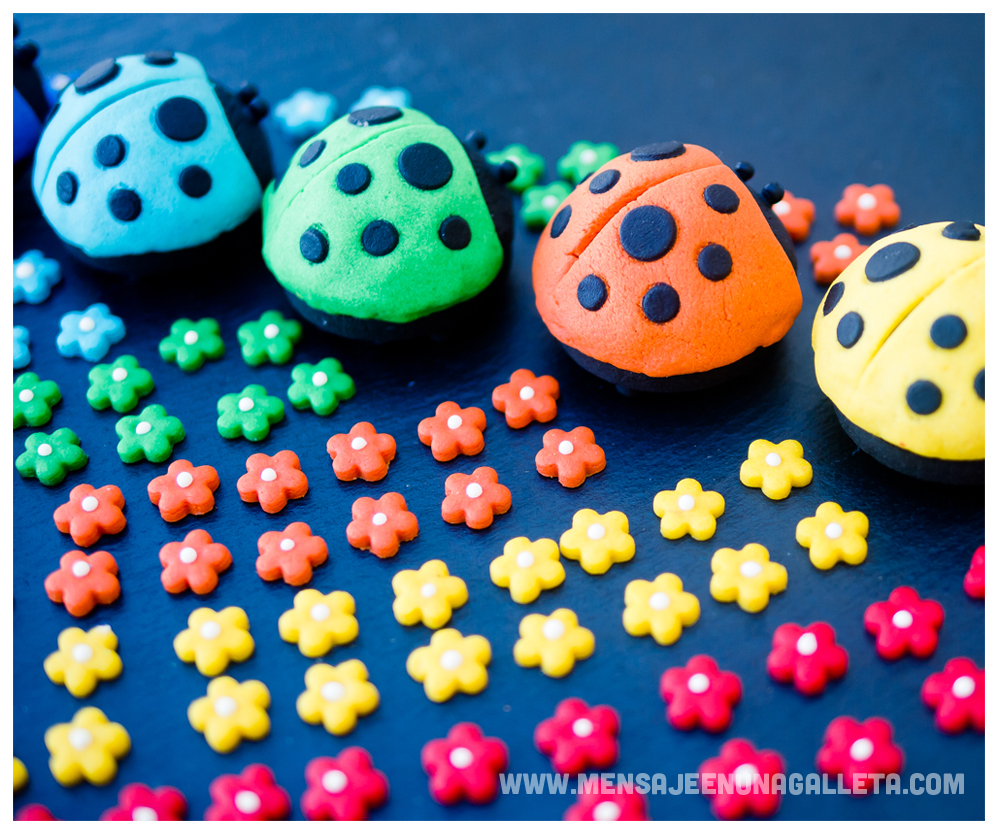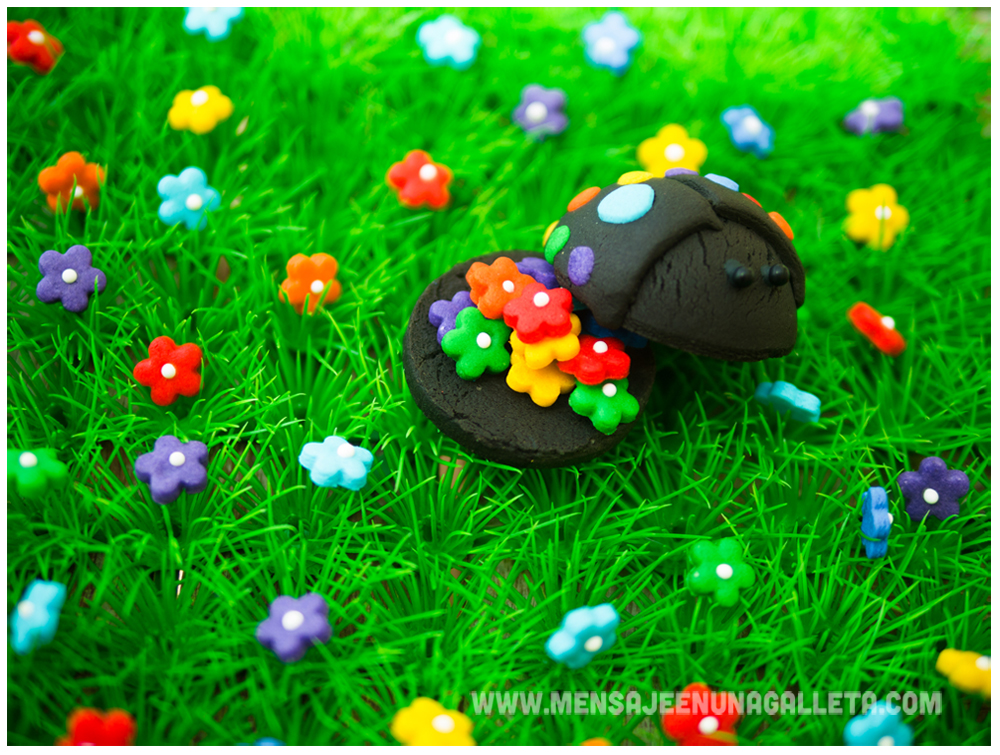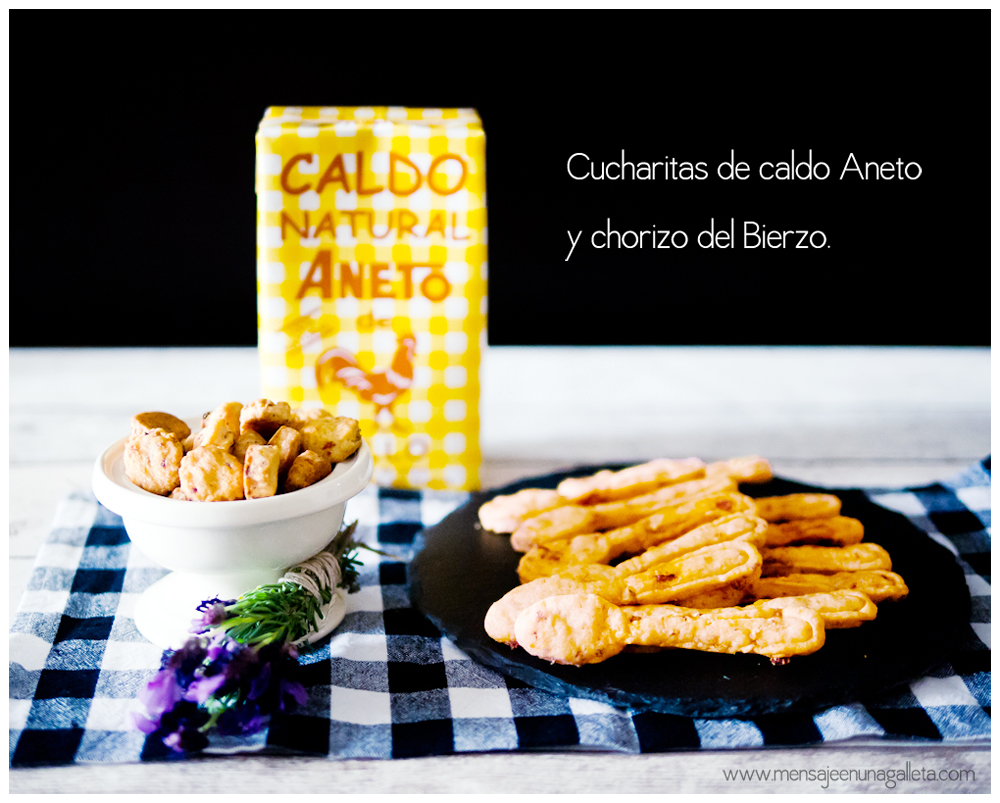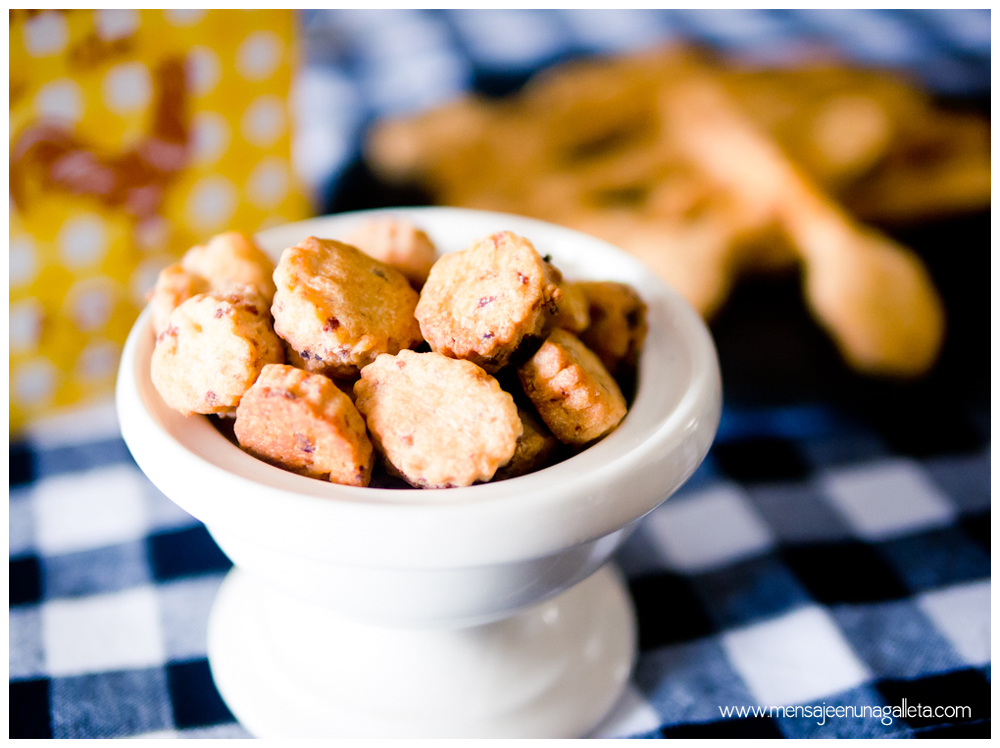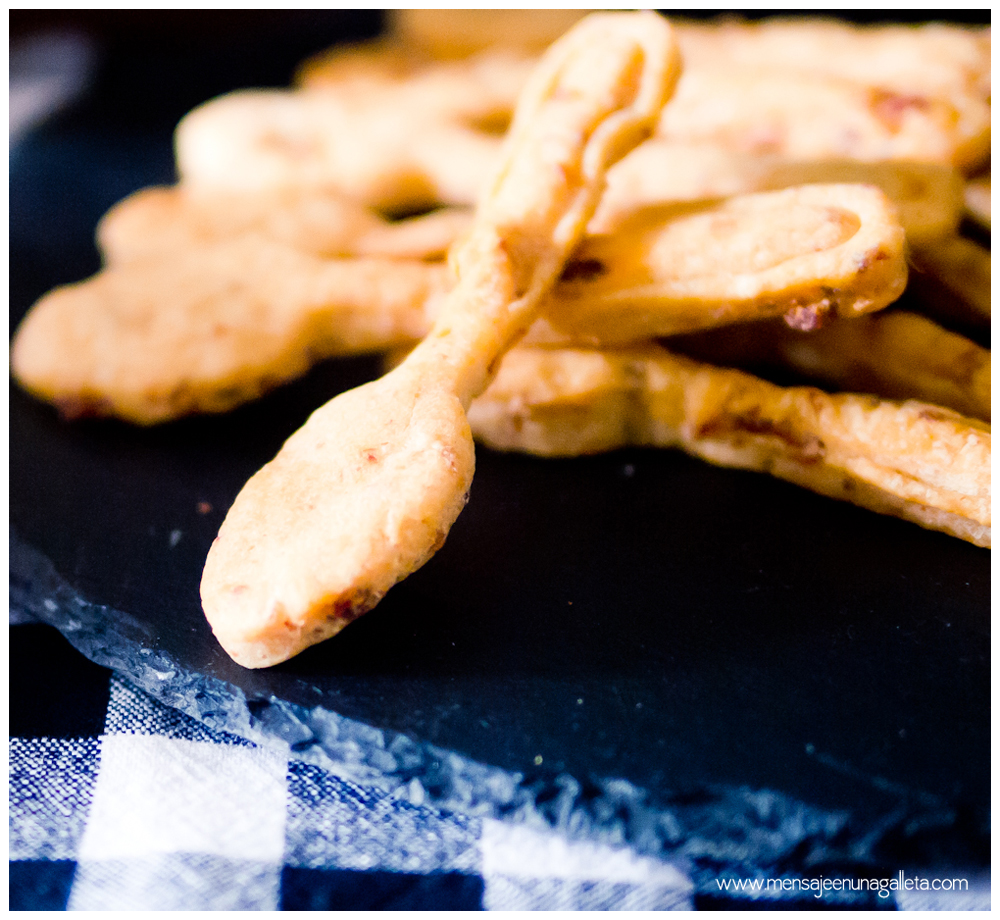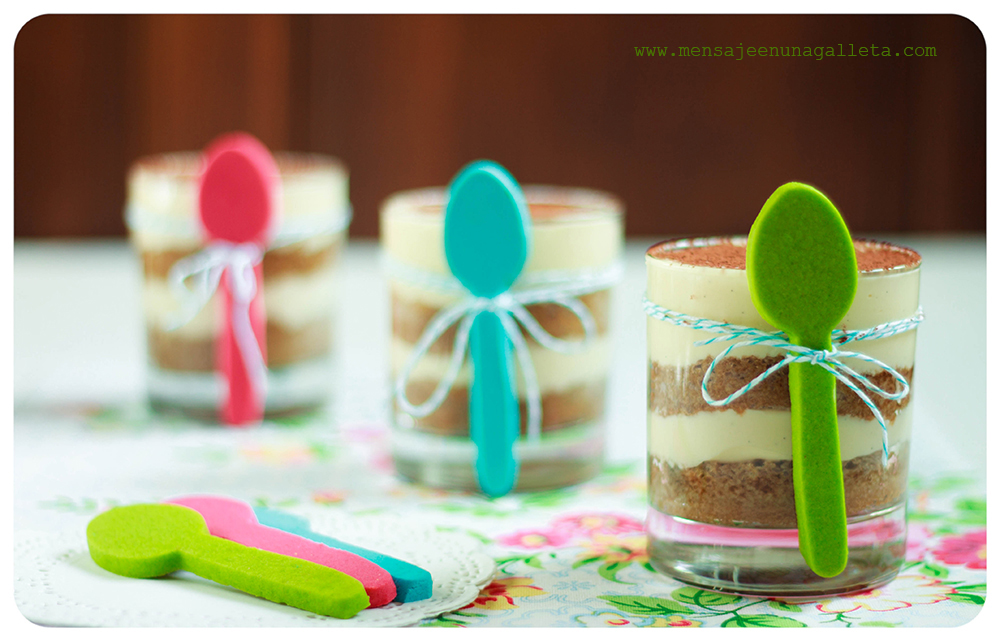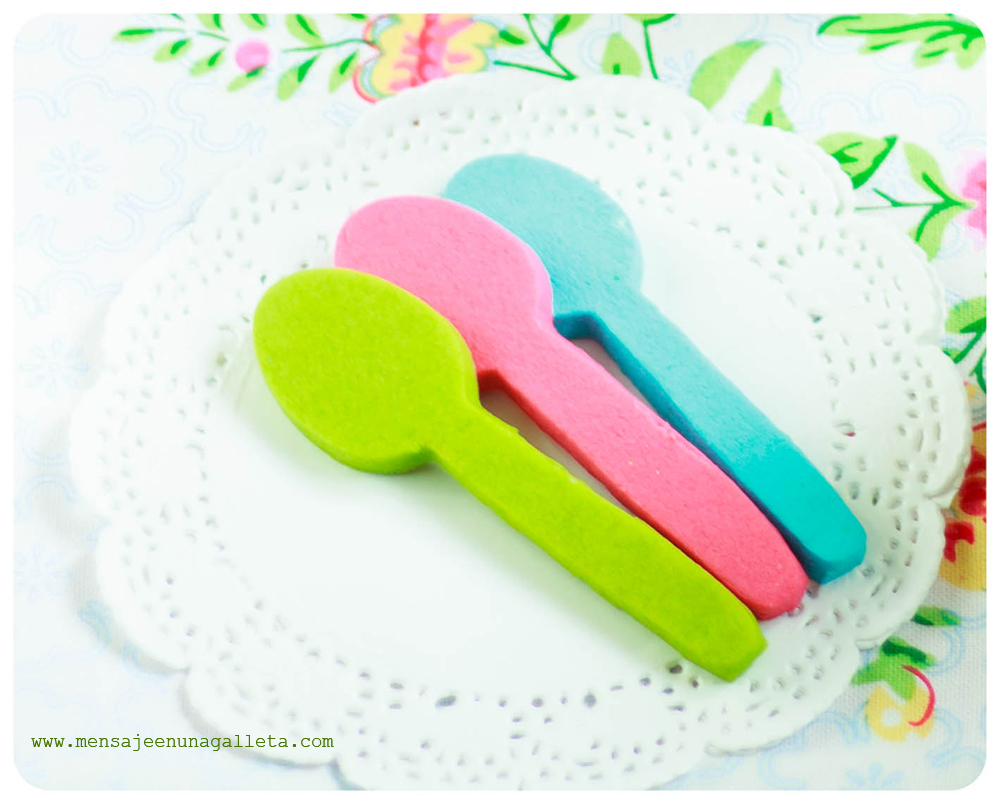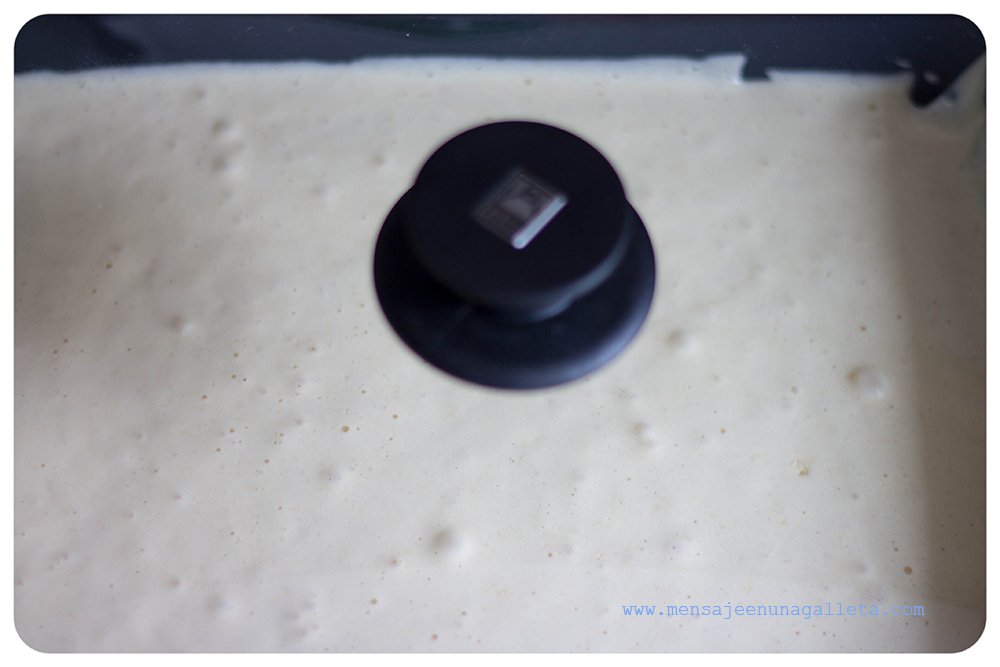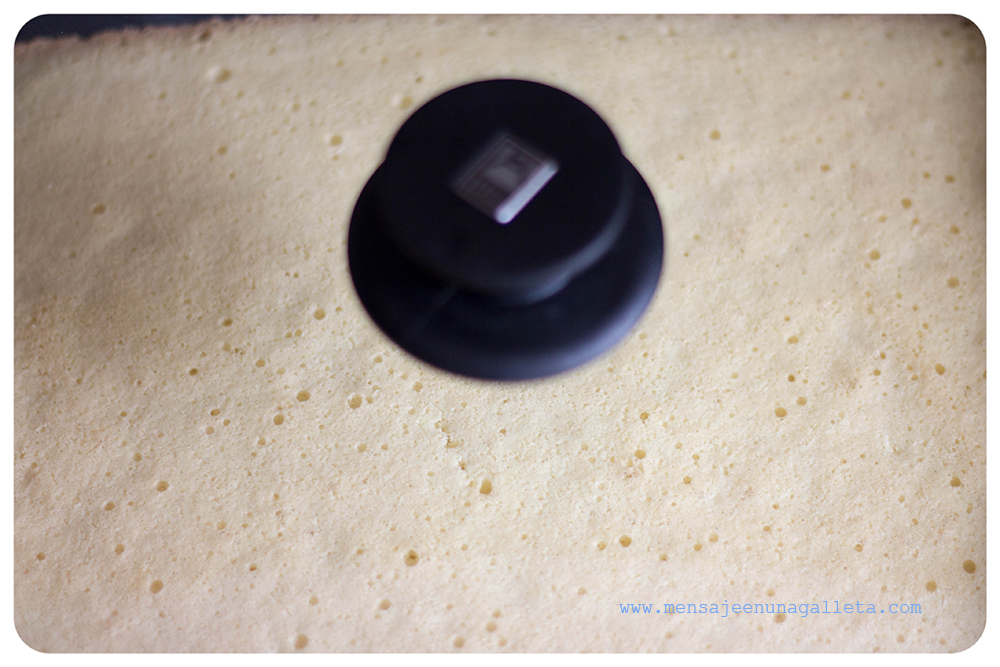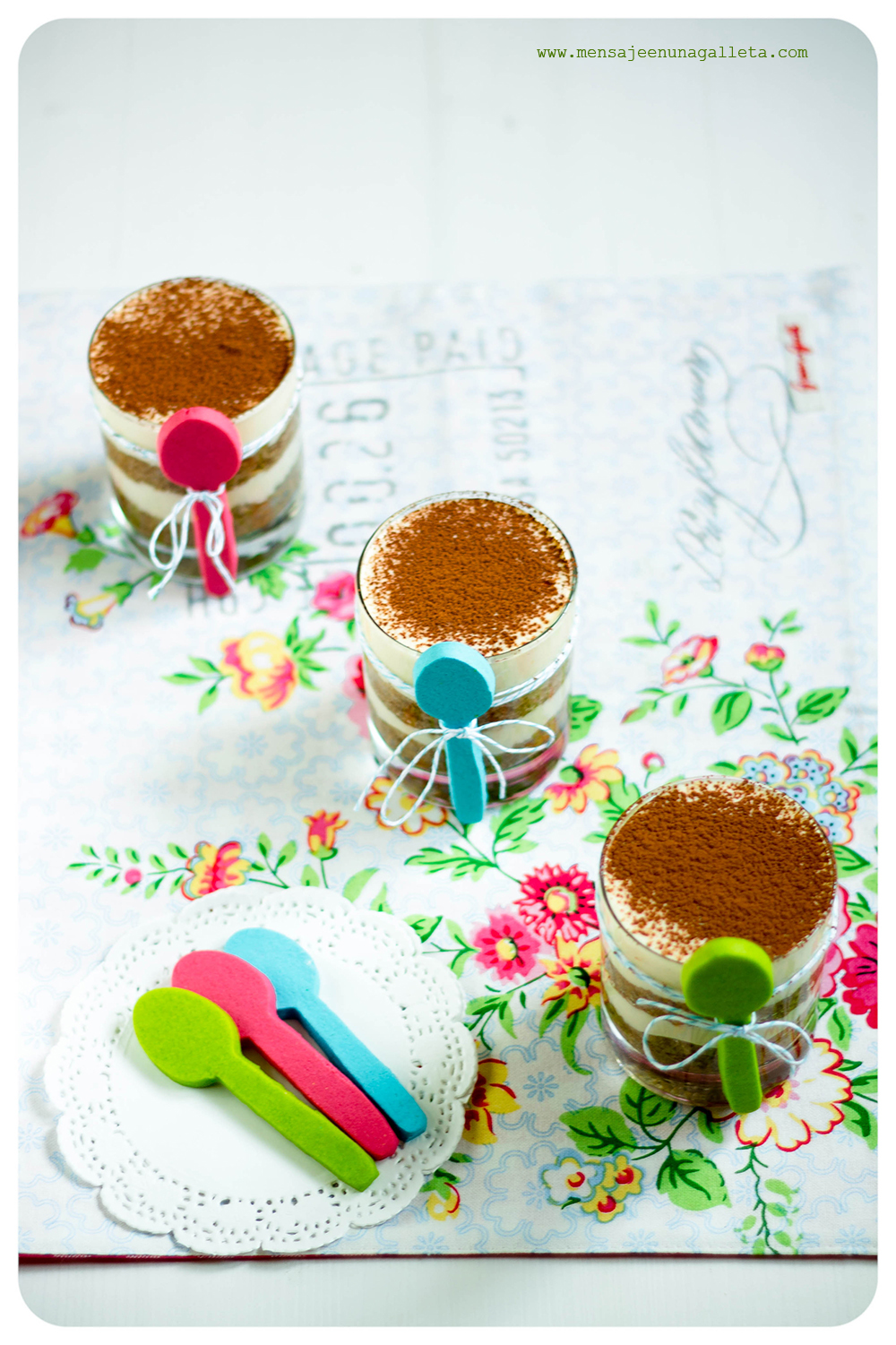Una receta vieja siempre es buena, las malas no envejecen. Y esta que os traigo hoy además de buena es muy especial porque gracias a ella “conocí” a Sonia Martín. Y ella no lo sabe, pero probablemente lo bien que me salieron estos pastelitos la primera vez que los preparé, es lo que me ha convertido en lo que soy hoy, una repostera valiente.
An old recipe is always good, old recipes never grow old. And this one I bring you today, apart from a good one, is very special because thanks to it I ‘met’ Sonia Martín. And she doesn’t know it, but probably the fact that the first time I prepared these little cakes they came out so nice, it’s what has turned me into what I am today, a brave confectioner.
¡Los proyectos nuevos son tan emocionantes! Os cuento como surgió este: Después de años leyendo ¿A que saben las nubes? y recomendando a las alumnas de los talleres de galletas que leyeran ¿A que saben las nubes? Un día le digo a Estíbaliz, “vamos a preguntarle a Sonia que si quiere dar un taller de fotografía culinaria en la tallerería”. No la conocíamos personalmente, ni siquiera compartíamos amistades cibernéticas, nada. Estíbaliz me miró de esa forma que me mira ella, pero le escribió. Y nos dijo que sí. Y en septiembre todos podremos asistir a un completísimo taller en el que en palabras de Sonia:
“Vamos a aprender fotografía, vamos a aprender a fotografiar lo que cocinamos y vamos a aprender a cocinar para fotografiar.”
New projects are so exciting! I will tell you how this one came up: after years reading ¿A qué saben las nubes? and recommending the students in our cookie workshops to read that blog, one day I told Estíbaliz: ‘let’s ask Sonia if she wants to host a workshop about food photography in La Tallerería’. We had never met her in person; we didn’t even share cyber friends, nothing. Estíbaliz looked at me that way she does, but she wrote to her. And she said yes. And in September we will all attend a very complete workshop in which, in Sonia’s words:
‘We will learn photography, we will learn how to photograph what we cook and we will learn how to cook to photograph’.
Nosotras ya hemos asistido a un curso de con Sonia, el de photoshop, así que os puedo asegurar que esta mujer es un pozo inagotable de sabiduría, paciencia y simpatía.
We have already attended a course with Sonia, one about Photoshop, so I can assure you that this woman is an inexhaustible source of knowledge, patience and friendliness.
El jueves a las cuatro abrimos las inscripciones, sí, lo hemos dicho muchas veces en las redes sociales, pero sabemos que muchos de vosotros nos seguís sólo en el blog, y también sabemos que el movimiento se está invirtiendo, la gente está regresando a los blogs porque, seamos sinceros, crea mucho menos estrés leer tus tres o cuatro blogs preferidos que intentar sobrevivir a la vorágine. Así que, aunque parecía que Facebook killed the blog star, finalmente no ha sido así:
Thursday, at four o’clock we will open registrations for the workshop, yes, we have said it many times on our social media, but we do know that plenty of you follow us just via the blog, and we do also know that the movement is inverting, people are going back to blogs because, let’s be honest, it is less stressful to read your three or four favourite blogs than trying to survive the turmoil. So even though it looked as if Facebook killed the blog star, finally it has not been like that:
Vamos con la receta, que es una variación de la receta de Sonia que, a su vez, es una variación de una de las recetas del libro “Cupcakes” de Martha Stewart:
Ingredientes:
- 60 gr de mantequilla
- 70 gr de almendras molidas
- 65 gr de harina
- 80 gr de azúcar
- 1 pizca de sal
- 30 ml de albúmina en polvo + 90 ml de agua (o tres claras de huevo)
- 1/2 cucharadita de agua de azahar
- ½ cucharadita de aroma de cerezas
- 24 cerezas
Elaboración
Con el agua y la albúmina reconstituíamos las claras y las montamos en la thermo, tres minutos y medio al tres y medio. Si no tenemos albúmina o si lo preferimos, montamos tres claras con otro método.
Let’s go for the recipe, which is a variation from Sonia’s, which at the same time, is a variation of one of the recipes in the book ‘Cupcakes’ from Martha Stewart:
Ingredients:
- 60 gr butter
- 70 gr almond flour
- 65 gr all purpose flour
- 80 gr sugar
- 1 pinch of salt
- 30 ml albumin powder + 90 ml water (or 3 egg whites)
- 1/2 teaspoon of orange blossom water
- ½ teaspoon of cherry aroma
- 24 cherries
Elaboration
With the water and the albumin powder we reconstitute the egg whites and whip them in the Thermomix, 3.5 minutes, speed 3.5. If we do not have albumin powder or if we prefer it, we whip 3 egg whites with a different method.
Mezclamos todos los sólidos y los tamizamos o no, según nuestro humor. Derretimos la mantequilla. Y medimos los aromas.
We mix all the solid ingredients and sift them or not, according to our humour. Melt the butter and measure the aromas.
A continuación lo vamos echando todo por el bocal de la thermo hasta que tengamos una mezcla uniforme.
Repartimos la masa en 24 mini papelitos y les colocamos encima las cerezas:
Next, we start adding everything through the lid hole of the Thermomix until we get a uniform mix.
We distribute the batter in the 24 mini cupcake liners and put a cherry on top:
Horneamos unos 12 minutos. Y dejamos enfriar sobre una rejilla.
Bake for 12 minutes. Let cool down on a rack
Después advertimos a nuestros invitados sobre el hueso de la cereza o no, dependiendo de nuestro humor.
Then, we warn our guests about the cherry pit or not, depending on our humour.
Un beso, Miriam G.
A kiss, Miriam G.
Thank you, thank you, thank you Gloria.
